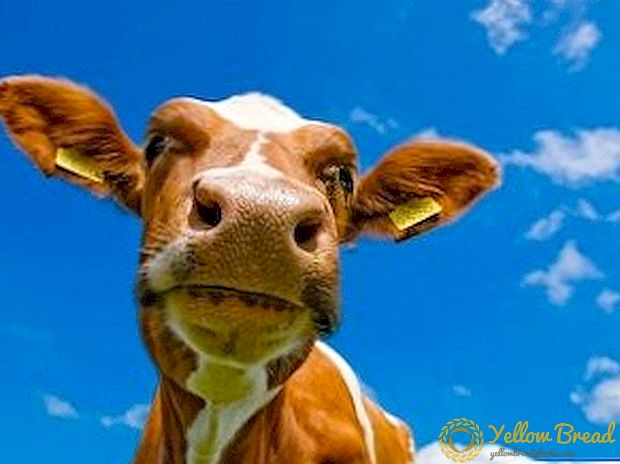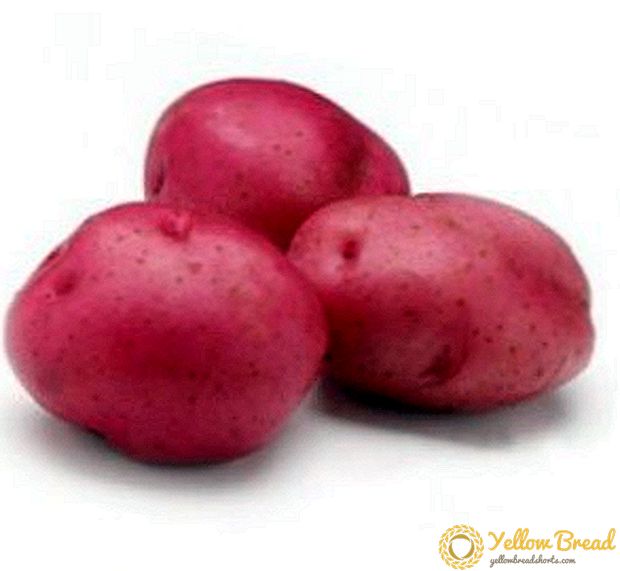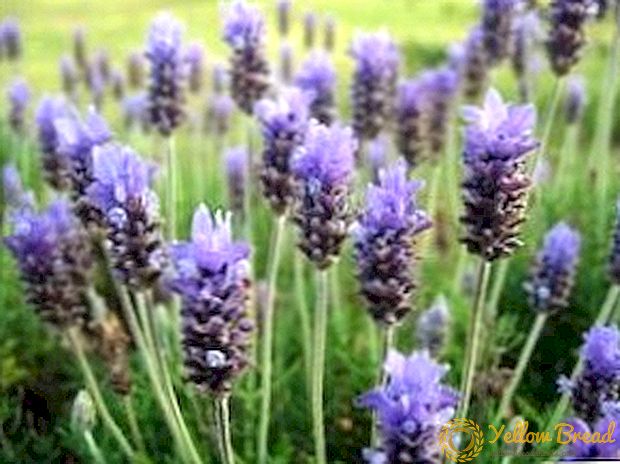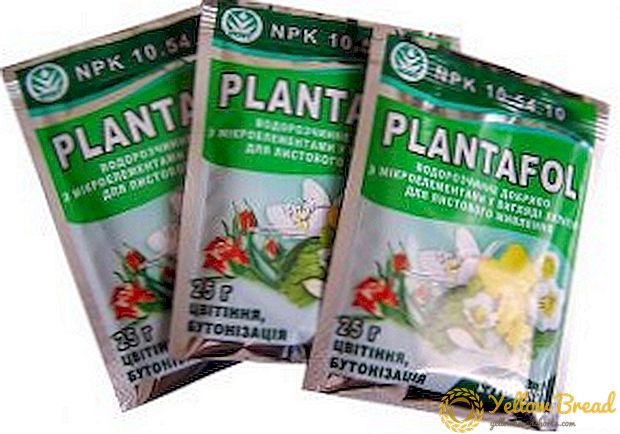
Before buying feeds for a milk cow, it is necessary to find out exactly what kind of food the burenkas need to be given, since the amount of milk that can be fed from one animal depends on the diet.
Nutrition also plays an important role in the process of preserving reproductive function.
The longer a cow gives calves, the better it will be for you.
Therefore, you should approach the issue of the diet of your milk cow very seriously.
To determine the optimal amount of food to be given to a milk cow, one should be aware of how this rate is calculated.
There are several guidelines that tell you how much food is required for your cow.
The main emphasis is on the weight of the cow, therefore, the more she weighs, the more food consumes.
Per 100 kg of live weight should be given for 1 feed unit. Also taken into account are the volumes of milk produced per day, the feeding distance, the age of the cow, the possible necessary weight gain, as well as the conditions of keeping the animal.
So, for 1 kg of milk produced should be given 0.5 feed units. The younger the Burenka, the more energy she needs, so a surcharge of 10% will only positively affect the growing body.

If you are in front of, that is, a cow, then she will need to give 1-2 feed units more food in order for the brute to regain strength.
If you want your ladybug to gain a little weight, then she needs 0.5 feed units more than the norm suggests in order to achieve a weight gain of 1 kg.
Dairy conditions are also affected by the conditions of the barn where the animal is kept.
Therefore, if it is impossible to somehow improve the exterior of the room, then the cow should be given 10% more feed.
How much feed should be given so that the animal doesn't accidentally overdo it?
This question can be answered by determining the dry matter content of the feed. The daily rate of dry matter is 2 - 3 kg per 100 kg of live weight of the cow.
If a cow consumes little juicy feed, then you need to increase the rate to 4 - 4.5 kg.
But the lack of these most succulent feeds needs to be replenished, since a normal consumption of a cow will be 8 to 10 kg per 100 kg of weight. Rough feed, the animal should be given no more than 1 - 2 kg.
The phrase "feed unit" was mentioned above. According to the standard, this very unit is equal to 80 - 120 grams.
The body of the cow needs to give both heavy and light carbohydrates, but in a certain ratio. For example, 1 feed unit may consist of 30 - 40 g of fat, 240 g of fiber, 7 g of salt, 86 - 108 g of sugar, 7 g of calcium and 5 g of phosphorus.

The basis of the diet of the cows is 3 types of feed:
- Roughage
- Balancing feeds that are sources of energy and protein
- Feed to ensure the nutritional value of milk
Rough feed, also called basic, animals need to be given an unlimited amount twice a day. What was eaten was not needed.
As such "rough" products, you can make hay, straw, husk, husk. These feeds contain a large amount of fiber, which reduces the acidity of the stomach, so you need to give these feeds before you intend to feed the animals with concentrates.
But zootechnicians advise not to remove coarse feed from feeders at all, because exactly half of the daily ration of a cow should consist of such substances.

Balancing feed supplements coarse by eliminating the deficiency or excess of protein in the latter.Also balancing feed should be given to animals in case of a lack of any vitamins and nutrients in the body.
Today, there are many types of feed that create a protein balance in the body of the animal. It is these feed and called balancing.
If there is too much protein in the cow’s body, at her food needs to be added cereals (barley, wheat, oats).
If, on the contrary, there is not enough protein, then the animal needs meal (rapeseed or soy). This type of feed contributes to the fact that a cow produces the most possible amount of milk.
Productive feed helps to increase milk production, as well as to improve milk in terms of nutritional value. If you keep the animal exclusively on the main feed, it can give a maximum of 15 - 20 liters of milk per day, even if these feeds are well balanced.
Concentrates are productive mixed fodder that provides milk production above the norm. At one meal a cow can be given a maximum of 3 to 4 kg of concentrates.
The best option would be give the animal concentrates in small portions every 4 hours during the day.

When calculating the diet, you must first calculate how much the cow should eat the main feed, how much - balancing, and after that - the amount of concentrate.
The amount of the nutritional component should be considered individually for each cow, based on milk yield indicators. For every 2 liters of milk should be 1 kg of feed.
In the daily ration of a cow should include all 3 components, with 50% should be allocated only for roughage. The second half is diverted to concentrates and protein feed.
A cow must be provided with water, because if a cow gives a lot of milk, then she will also drink a lot. The best proportion between water and milk is 1: 3 in liters.
In the summer, cows will mainly feed on grass in pasture. And in the winter of all types of feed you need to give about an equal amount.
Even in the matter of feeding dairy cows need keep balanceso that the animal feels comfortable and grateful to you in the form of a large amount of delicious fresh milk.






